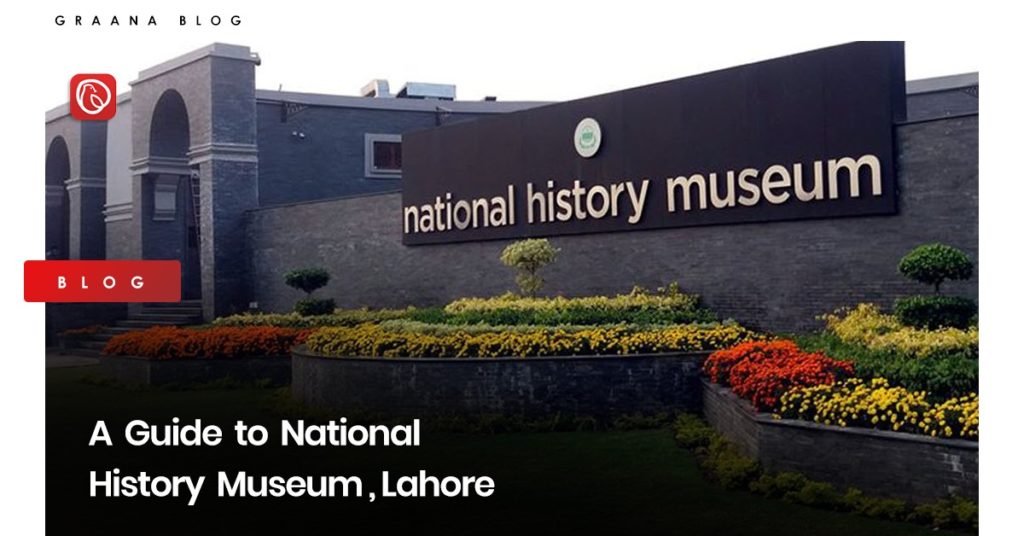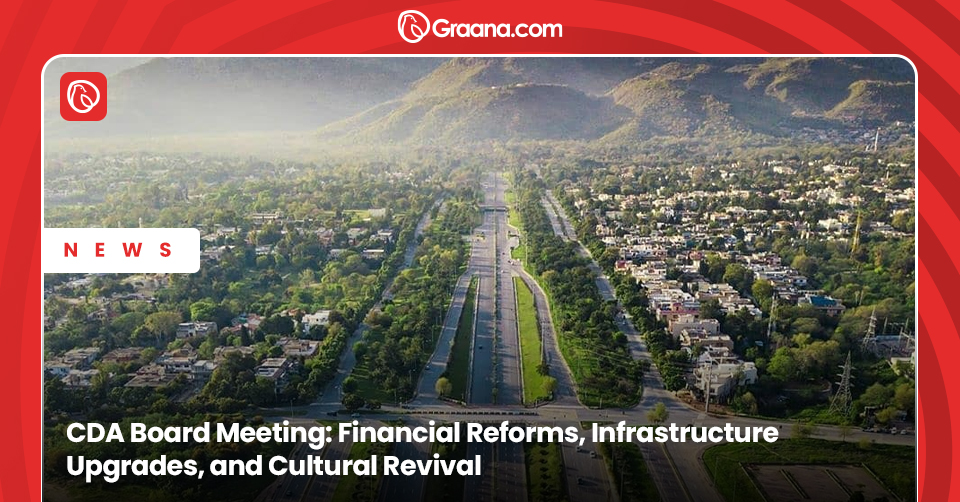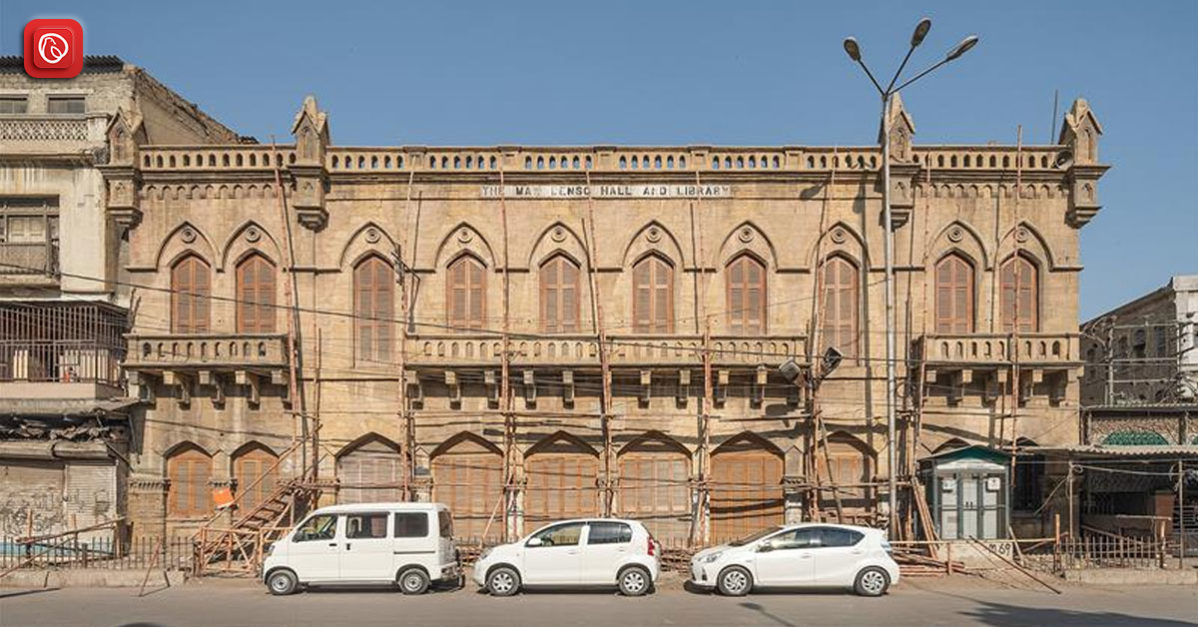The National History Museum is Pakistan’s first-ever digital museum, which is located in the Greater Iqbal Park of Lahore. It was inaugurated in 2018 by the then-Chief Minister of Punjab. The Parks and Horticulture Authority Lahore is responsible for its management, and a non-profit organisation called “Citizens Archive of Pakistan” was selected by the Punjab Government to curate this project.
The museum features a large collection of antiquities and national relics and provides an insight into the national history of Pakistan.
Graana.com has compiled a detailed guide to the National History Museum below, providing a complete insight into its history, features and more.
History of the National History Museum
During the 28th meeting of the Provincial Development Working Party in 2014, the Punjab government approved the renovation project of Minar-e-Pakistan and Circular Gardens. The committee decided to rename the new park as Greater Iqbal Park. On 17 December 2016, the first phase of this project was inaugurated by the then-Prime Minister of Pakistan.
It was the 2nd phase that involved the construction and establishment of a National History Museum in the northern end of the park. The project was completed at a cost of 300 million rupees and over a period of 14 months. During the first few weeks after its inauguration, the museum hosted several school tours to help young students learn and understand the history of Pakistan.
Features of the National History Museum
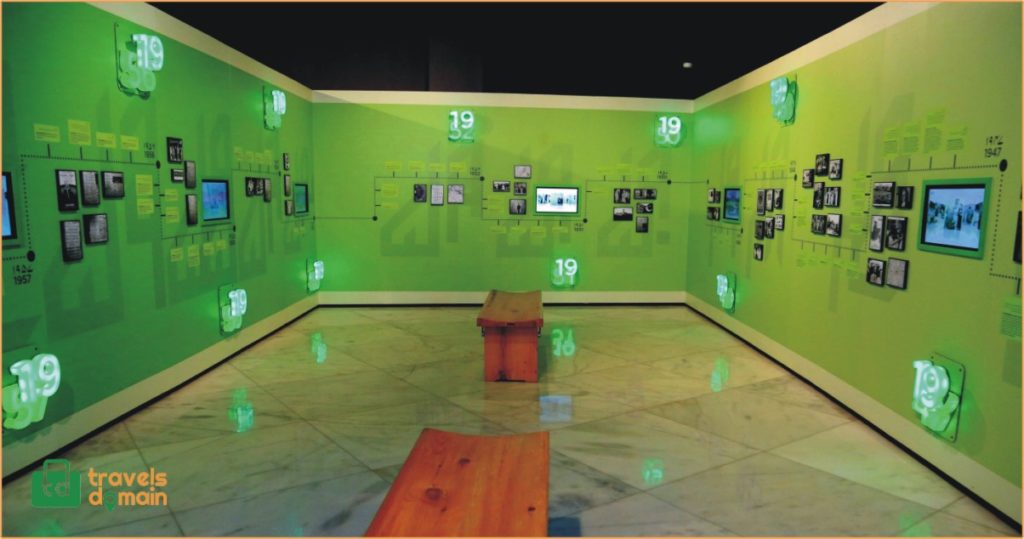
Being a project of high significance, the National History Museum is one of the best places to visit with your family. It features cutting-edge technology like virtual reality equipment and holograms. Starting with the Indian Rebellion or Battle of Independence of 1857, the museum presents a faithful record of the Pakistan Movement until 1947.
Moreover, the museum also presents the history of major sports and cultural events in Pakistan. It celebrates the national heroes and everyone who played a crucial role in the history of Pakistan.
The following are some of the major features of the National History Museum:
- A special historic train bogie to showcase the events of the partition in 1947
- Amphitheatres and cinemas
- Seminars, debates, and performances in different halls
- Camera from the Past: A dedicated photo gallery of the prominent events in the history of the subcontinent and Pakistan
- Digital screens with audio and video features to guide visitors about different events
- Galleries with historical exhibits
- Special installations with cutting-edge technologies like hologram and VR arrangements
- A collection of around 400 photographs from renowned photographers that represent different historical events
Historical Displays and Collections
The National Museum of History Lahore is primarily divided into five different sections, each focusing on a specific aspect of Pakistan’s culture and history.
The following is a list of these sections:
Hall 1
From the arrival of the East India Company to significant events that took place as part of the Pakistan Movement, Hall 1 is devoted to the history of the subcontinent.
It features audio-visual exhibits of the Lahore Resolution (which was passed at Minar-e-Pakistan, also located inside Greater Iqbal Park), the Gandhi-Jinnah talks of 1944, the 3 June Plan, and the Indian Independence Act of 1947.
Hall 2
This section focuses on the partition of India and contains video displays of the sectarian riots in 1947, as well as oral accounts of those who moved to Pakistan as part of the largest mass migration in human history.
Hall 3
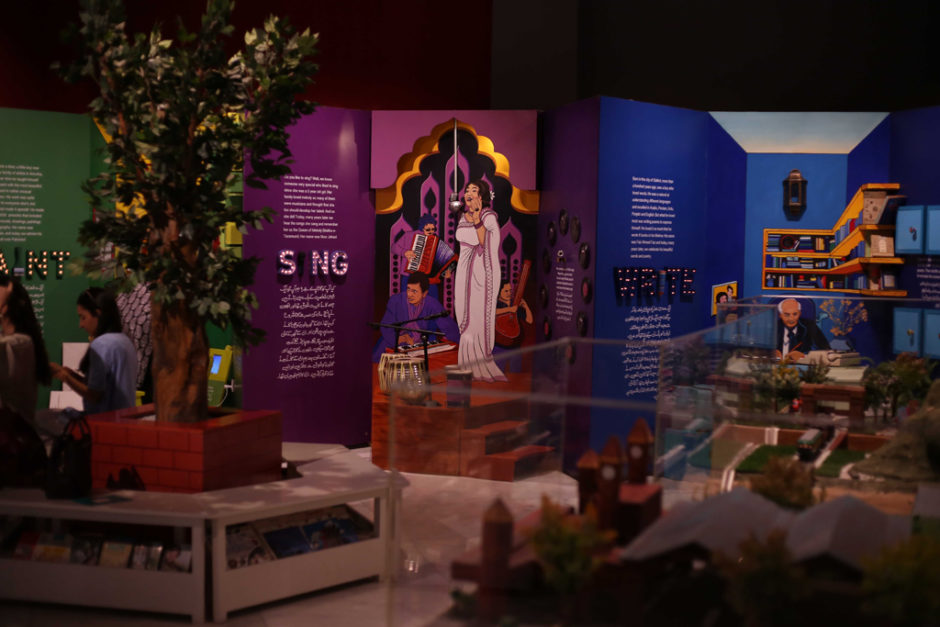
It displays the key events that occurred in the young nation, such as the establishment of the government and the armed forces.
There are additional dioramas depicting the Wagah railway station and post-independence refugee camps. A 3-D virtual reality show offers visitors the chance to see the refugees’ struggles. You can also use a photo booth to get a picture with Quaid-e-Azam and other notable figures.
Hall 4
In Hall 4, Pakistan’s popular culture is on display. This includes Lollywood, the development of Pakistani music, and traditional handicrafts. Additionally, visitors can view excerpts from well-known Pakistani movies and play some of its most popular songs.
Hall 5
This section details Pakistan’s sporting heritage. There are also portraits and busts of well-known sports figures from the nation.
Timings of the National History Museum
The timings are as mentioned below:
| Friday | 10 AM – 6 PM |
| Saturday | 11 AM – 7 PM |
| Sunday | Closed |
| Monday | 10 AM – 6 PM |
| Tuesday | 10 AM – 6 PM |
| Wednesday | 10 AM – 6 PM |
| Thursday | 10 AM – 6 PM |
Nearby Eateries
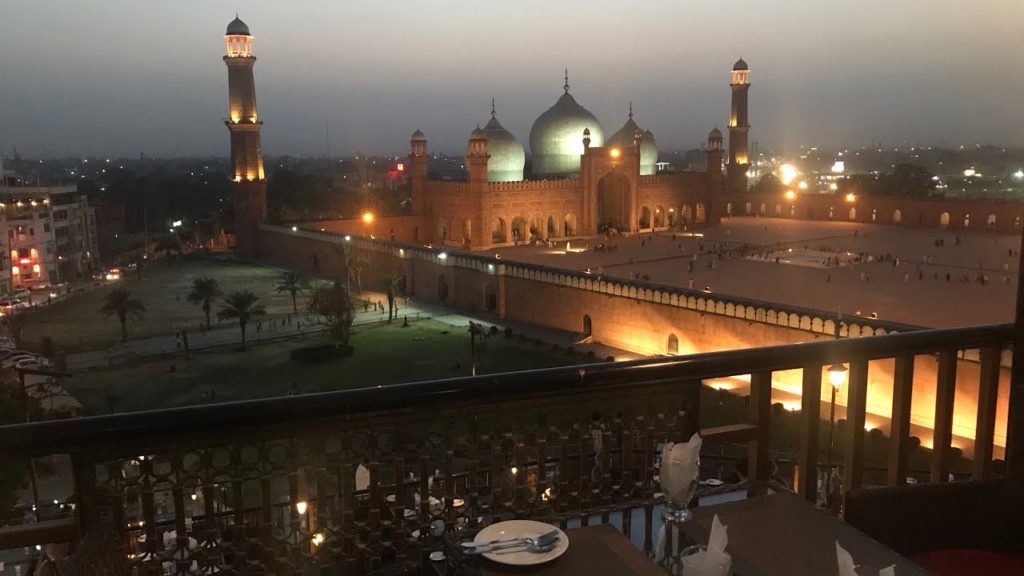
The museum’s prime location allows you to visit many popular restaurants and cafes nearby, some of which include:
- Andaaz Restaurant
- Cooco’s Den
- Food On Cafe
- Food Valley
- Haveli Restaurant
- Riwaj Restaurant
- Taj Mahal Sweets
- The Poet Restaurant
The famous food streets of Lahore are also in close vicinity.
- Gawalmandi Food Street
- Lahore Fort Food Street
- Lakshmi Chowk Food Street
- Old Anarkali Food Street
Other Famous Museums in Pakistan
Besides the National History Museum, there are several other famous museums in Lahore:
- Fakir Khana Museum
- Army Museum
- Chughtai Museum
- Lahore Museum
- Lahore Fort Museum
- National Museum of Science & Technology
- Shakir Ali Museum
Fakir Khana Museum
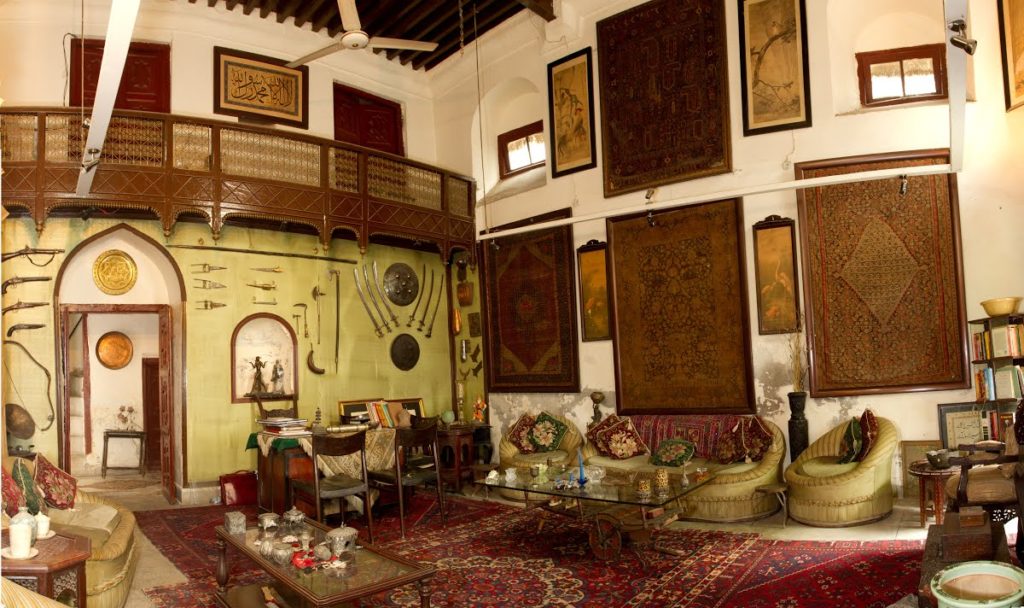
The Fakir Khana Museum, which can be accessed from Bhati Gate, houses South Asia’s biggest private collection of historical and cultural artefacts. The well-known Fakir family in Lahore collects and preserves art as part of their role as stewards of legacy and history.
Visitors can check out the display of gifts from Maharaja Ranjeet Singh and Queen Victoria at the museum. There are also 10,000 manuscripts, miniature paintings, ceramics, textiles, and statues, largely from the Sikh era.
Despite the gallery’s abundance of artwork, Nawab Mumtaz Ali’s painting is its most prized and eye-catching piece because it took him nearly 15 years to complete, and was created with just one hair.
The museum is open to the public throughout the week, from 10 AM to 5 PM. However, appointments must be made in advance in some cases because the mansion is not regularly accessible to the general public.
Lahore Museum
The beautiful red-brick Lahore Museum, which stands out from other historic buildings constructed under British rule, is located on Mall Road. It blends ancient Mughal architecture with Buddhist art and Indo-Greek and Gandhara architecture. It houses artwork from Nepal and Tibet as well as jewellery, pottery, and Mughal-era armour.
The ceiling of the entry hall is covered in a massive painting that greets you as you enter. The most priceless artefact in the collection, however, is undoubtedly a statue of the starving Buddha from the Gandhara era.
The museum also has a gift store, a café, and a research library for visitors. The museum is open from 9 AM to 4 PM, and the entry fee is 20–50 PKR for locals and PKR 1,000 for foreigners.
Pakistan Army Museum
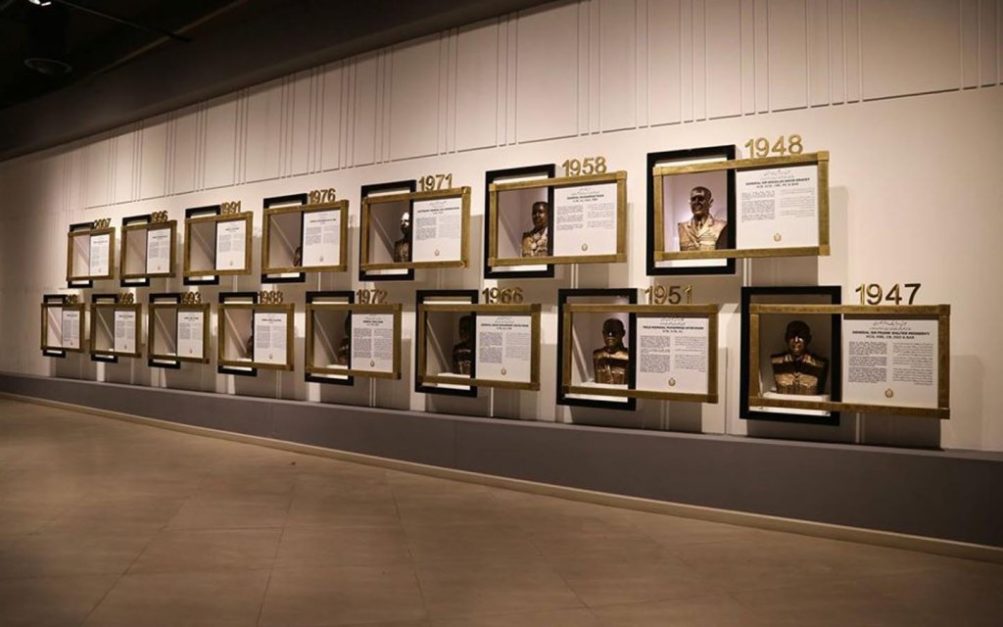
The building’s entry is embellished with a statue commemorating sepoy Khudad Khan, the first Muslim in the area to be recognised for his World War I service in the British Army.
There are several galleries throughout the museum. The Hurriyat Gallery gives an ode to fighters who travelled from Fata to Kashmir to participate in the 1947 Indo-Pak war on Kashmir. There are more galleries that are devoted to the wars of 1965 and 1971. The museum also includes weapons and ammo dating all the way back to the Mughal era.
In addition, it has a sizable collection of authentic artefacts, books, journals, and documents, as well as images and audio-visual assets. Additionally, one can check out automobiles utilised by the Indian soldiers that the army acquired during the conflict, such as the Willy Jeep.
Although the museum is open from 9:30 AM to 4:00 PM, ticket sales are only available from 9:30 AM to 11:00 AM.
Allama Iqbal Museum
The Allama Iqbal Museum, formerly known as Javed Manzil, is a striking white colonial structure with a large front lawn. It can be discovered at Garhi Shahu.
It honours the renowned poet and houses all of Iqbal’s handwritten drafts of his works as well as his pictures, prizes, medals, and credentials. There are nine galleries and one library in the museum.
It is open daily from 9 AM to 4 PM. Although there is no entry fee, donations are appreciated.
National Museum of Science and Technology
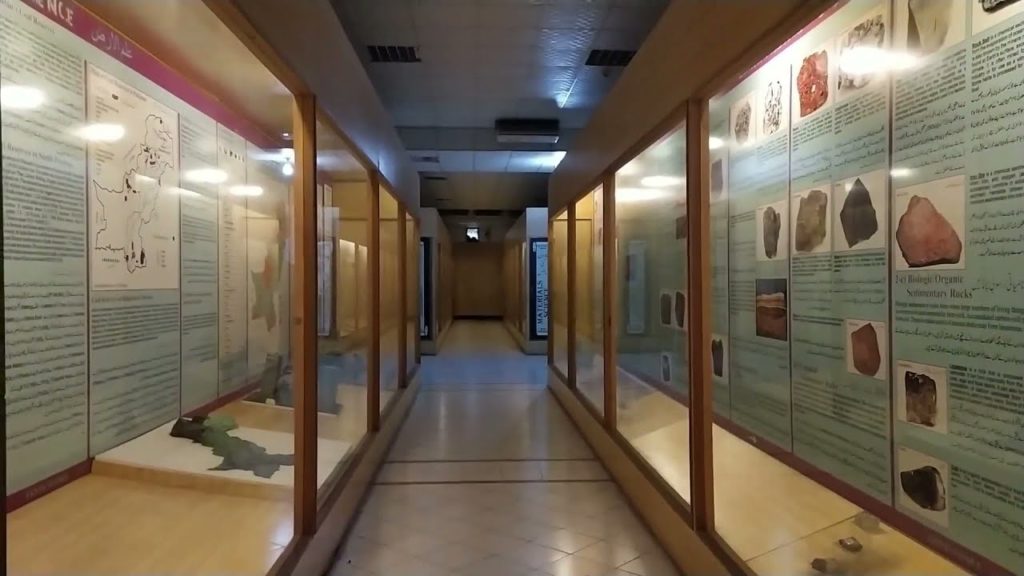
The National Museum of Science and Technology is the sole science and technology museum in Pakistan. The museum’s four galleries house about 500 exhibits. A mosque, a reading room, and a tuck shop are also located inside.
Its displays cover a wide range of scientific subjects, such as sound, mathematics, engines and machinery, electricity and magnetism, behavioural physiology, gems and stones, modes of transportation, biology, natural history, history of computers, electronics, and communication, satellites and rockets, drugs, molecular biology, and energy.
The largest Foucault’s pendulum in South Asia is one of its major displays, along with the artefacts of a salt mine and a coal mine. It is open from 9 AM to 5 PM.
Lahore Fort Museum
The Department of Archaeology and Museums founded this museum in 1985. Miniature paintings from the Mughal era are on display in the central gallery, along with a beautifully crafted ivory model of the Taj Mahal.
This model of the Taj was made in England in 1942 and was on display for decades in the Albert Victoria Museum of London before being gifted to the government of Pakistan in 1950.
Coins and royal orders (Farman) are also on display here. In Persian calligraphy, the coins give an account of the development of numismatics in India. The books produced by the court historians are also exhibited in the left chamber/gallery of this edifice, which once housed the manuscripts in Persian and Arabic script.
Visiting these museums can provide a deep insight into the history of Pakistan, including the sacrifices of its forefathers and the problems that Pakistan faced after its independence.
For more information, visit the Graana blog.
